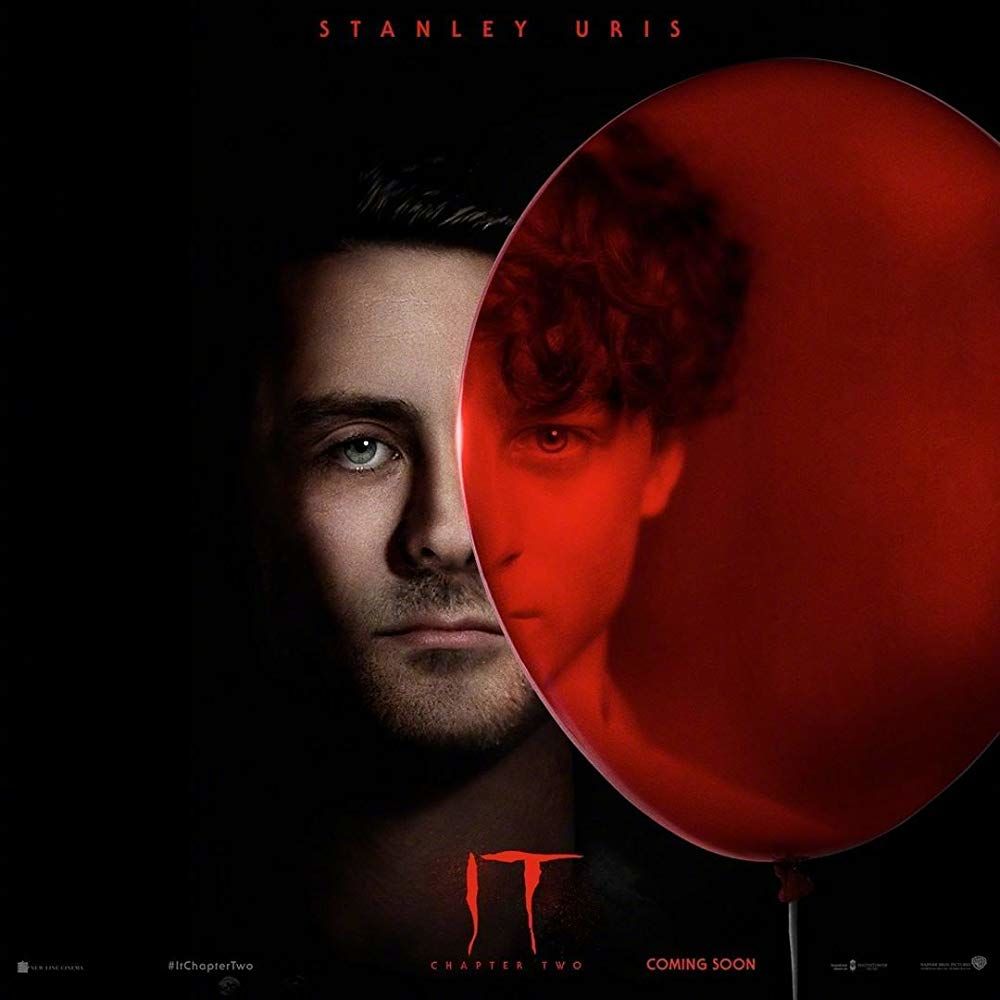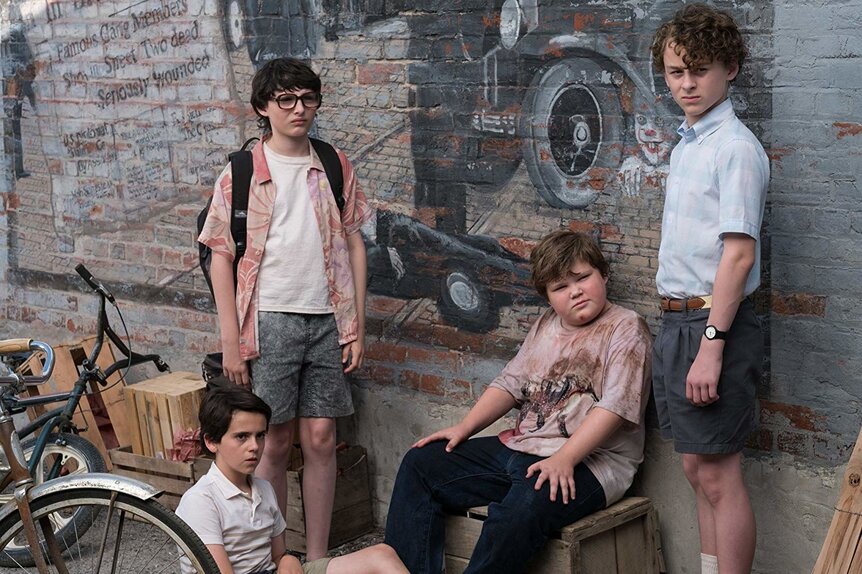Create a free profile to get unlimited access to exclusive videos, sweepstakes, and more!
In a major change, It Chapter Two positions Stan's suicide as salvation

That Stephen King's It, which clocks in at over 1,000 pages, has been adapted to the screen not once but now twice is a testament to either A) how much people like f***ed-up things or B) how many people have not read the book.
Or both — probably both.
In the days since the release of It Chapter Two, fans and critics alike have had a lot of things to say about director Andy Muschietti's vision for the story's second half. Most have noted that some plot points are condensed and others are further explored, but beyond issues of pacing and length (Chapter Two is almost three hours long), die-hard book people have had a lot of issues with the film's changes from the novel.
Among the big differences: Mike Hanlon, who in the It novel is so injured by Henry Bowers' attack that he can't join the other Losers in the final showdown, here gets the chance to face the creature; Richie Tozier is implied to be a gay man; and the final fight against It is a CGI funhouse battle with Pennywise instead of the more simple battle of wills from the book.
Perhaps most significantly, though, the reason for Stan Uris' suicide upon getting Mike's call to arms 27 years later is entirely changed.
At the end of It Chapter Two, the audience learns that upon hearing from Mike, Stan took the time to go to his office and write a letter to every member of the Losers' Club, explaining why he was about to kill himself. As he explains in a voiceover once Bill reads his letter at the end of the movie, he knew there was no way he'd be able to face It with them — so the only way he could help them was by taking himself out of the equation. It's framed as a necessary sacrifice, a choice made with steely-eyed determination (Stan muttering "I promise" as he dies at the beginning of the movie suddenly makes sense) rather than a purely reactionary thing. Bill cries as he remembers all the good times he had with his childhood friend.
This is markedly different from the novel.
In King's novel, Stan's suicide is just that. He takes his own life because he's the only one of the group to remember everything about his time in Derry right away. Unlike the others, who only start to remember once returning home, Stan's memories — the pain, the fear, the death that's so synonymous with Derry — come rushing back all at once, and all that overwhelms the new, gentle life he's built for himself. He can't handle it, so he goes to the bathroom and kills himself, but not before writing the word "IT" on the wall in his own blood.
For what it's worth, I believe straight book-to-screen adaptations are wildly overrated. Given that It already had an adaptation in 1990, Muschietti's two-part movie didn't need to adhere to the novel so closely to appease book people. Plus, again, It is a wildly f***ed-up novel and maybe some things are better left on the page.
It's popular theory that the works King wrote from the late '70s through the mid-'80s — including It, The Shining, The Stand, and quite a few of his other better-known works — are often so dark and screwy because King suffered from an addiction to cocaine; he's not shy about not remembering much about that part of his life. And while it may be true that the drugs influenced the kind of things he wrote, that knowledge of the author's mental state doesn't lessen the impact of what you're reading while you're reading it.
I'm not here to make a judgment on how people should feel about this change. If you liked it, maybe thought it was a kinder way to frame Stan's story, then that's great. I'm just here to point out that framing suicide as a heroic act might be a dangerous thing.
There is no one reason why people take their own lives, but it is always tragic, not just for that person but for the people who loved them, as well. King's novel is brutal in its lack of remorse; life is painful, it says, and there's nothing we can do about that. It is, after all, a horror novel about fear and memory and how those things coincide. How you view Stan's choice depends on your own experiences and your own views, because King doesn't so much frame Stan's suicide in any one way as he does present it as another plot point in the Losers' Club's difficult lives; they are down by one, and the final battle is fast approaching.
The movie's change gave Stan's story some sort of purpose, for whatever that's worth, which isn't something King did beyond using his death as a curveball. Just as the movie gave Mike Hanlon a larger purpose, the filmmakers might have just been looking to lend more credence to all the screen time young Stan got in the first movie. After all, movie logic dictates that we shouldn't have really focused on Stan at all if he wasn't even gonna be in the sequel for more than two minutes.
But the movie's other big character changes — giving the only main character of color more screen time and lending more diversity to the Losers' Club by implying Richie is queer — are the kind of changes I would expect for a story updating itself for 2019. Framing suicide as a necessary sacrifice is not.
The views and opinions expressed in this article are the author's and do not necessarily reflect those of SYFY WIRE, SYFY, or NBCUniversal.



























